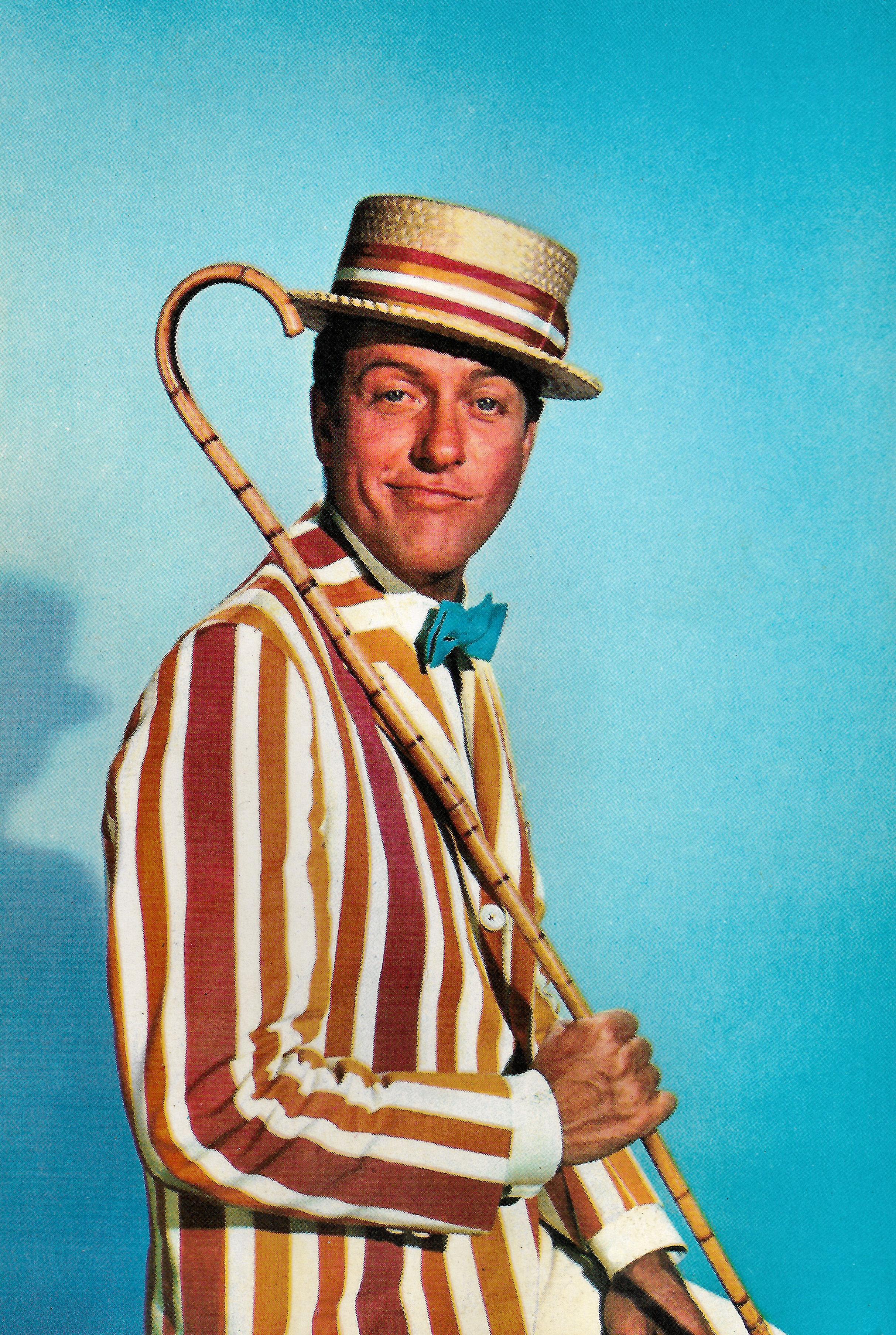Matlock,” the iconic legal drama that captivated audiences from 1986 to 1995, remains a quintessential example of television storytelling that masterfully blends courtroom drama with intricate character development. Anchored by Andy Griffith‘s charismatic portrayal of the astute yet folksy defense attorney Ben Matlock, the series carved out a niche in the annals of TV history with its compelling narratives and memorable performances. This article delves into the very essence of “Matlock,” offering an authoritative ranking of its best episodes. Through a meticulous analysis of plot intricacies, character arcs, and thematic depth, we aim to celebrate the episodes that not only defined the series but also left an indelible mark on the genre itself. Whether you’re a long-time fan or a newcomer to the series, this exploration provides a definitive guide to the episodes that exemplify the brilliance of “Matlock.
Unforgettable Cases and Clever Resolutions
Throughout its run, Matlock delivered a series of unforgettable cases that kept audiences on the edge of their seats. Each episode showcased Ben Matlock’s brilliant legal mind and his knack for uncovering the truth. “The Judge” stands out as a prime example, where Matlock faces off against a corrupt judge who believes he is above the law. This episode is a masterclass in tension-building, as Matlock cleverly unravels a web of deceit to bring justice to the courtroom. The intricate plot twists and the climactic revelation highlight the show’s ability to weave compelling narratives.
Another standout episode is “The Stripper”, where Matlock defends a young woman accused of murder in a case filled with red herrings and unexpected alliances. The episode is notable for its exploration of themes such as prejudice and redemption, with Matlock employing his trademark wit and empathy to navigate the complex social dynamics at play. These episodes, among others, demonstrate the series’ unique blend of legal drama and character-driven storytelling, ensuring that each case is not only memorable but also deeply satisfying in its resolution.
- The Judge - A battle against judicial corruption.
- The Stripper – A case of prejudice and redemption.

Character Development and Memorable Guest Stars
One of the hallmarks of Matlock is its intricate character development, which adds depth to the courtroom drama. The series not only focuses on Ben Matlock’s astute legal mind but also delves into his personal quirks and relationships. His penchant for hot dogs and his Southern charm are just the tip of the iceberg. The show’s creators expertly crafted characters that evolve over time, allowing viewers to witness growth and change in both Matlock and his associates. This development is pivotal in episodes like “The D.J.” where Matlock’s personal and professional worlds collide, showcasing his vulnerability and resilience.
Adding to the richness of the series are the memorable guest stars who often play pivotal roles in the storyline. These guest appearances bring fresh dynamics and tension, often challenging Matlock’s legal prowess. Some standout performances include:
- Don Knotts as Les Calhoun, whose comedic timing provides a delightful contrast to the show’s serious undertones.
- Bryan Cranston in “The Big Payoff,” where his portrayal of a cunning antagonist adds layers of complexity to the narrative.
- Betty White in ”The Evening News,” whose character’s moral ambiguity keeps viewers guessing until the very end.
These guest stars not only enhance the storyline but also elevate the show’s reputation, making certain episodes unforgettable. Their performances often leave a lasting impression, contributing to the series’ enduring legacy.

Cinematic Techniques and Storytelling Excellence
The brilliance of Matlock lies not only in its engaging legal drama but also in its masterful use of cinematic techniques that elevate its storytelling. Visual storytelling plays a crucial role, with clever use of camera angles and lighting to heighten tension and underscore pivotal moments. The show’s creators skillfully employ close-ups to capture the subtle nuances of Andy Griffith’s performance, drawing viewers into the emotional core of each episode. This technique is particularly effective in episodes like “The Strangler,” where the camera’s focus on Matlock’s expressions adds layers of depth to the narrative.
Narrative structure is another area where Matlock excels, often employing non-linear storytelling to weave complex plots. The use of flashbacks and parallel storylines allows for a richer exploration of character motivations and backstories. Additionally, the show frequently incorporates symbolic imagery and motifs, such as the recurring theme of justice versus morality, to provoke thought and discussion. Episodes like ”The Court Martial” demonstrate this beautifully, using military symbolism to question the nature of duty and honor. These techniques, combined with a keen attention to detail, make Matlock a masterclass in storytelling excellence.

Cultural Impact and Legacy of Matlock
Over its nine-season run, Matlock left an indelible mark on the landscape of television crime dramas. The series, with its charming yet shrewd protagonist, Ben Matlock, played by Andy Griffith, became a cultural touchstone, influencing not only future legal dramas but also popular perceptions of courtroom proceedings. The show’s meticulous attention to legal detail, combined with its engaging storytelling, set a standard for the genre. It skillfully balanced the tension of courtroom battles with the warmth of Matlock’s Southern charm, creating a template that many subsequent shows would emulate.
Cultural Impact Highlights:
- Iconic Character: Ben Matlock’s character became synonymous with the archetype of the clever, folksy lawyer, paving the way for similar characters in later series.
- Influence on Legal Dramas: The show’s format and style influenced a generation of legal dramas, inspiring creators to blend legal intricacies with personal storytelling.
- Legacy in Syndication: Continual reruns have kept Matlock in the public eye, introducing new audiences to its classic episodes and maintaining its relevance in popular culture.


